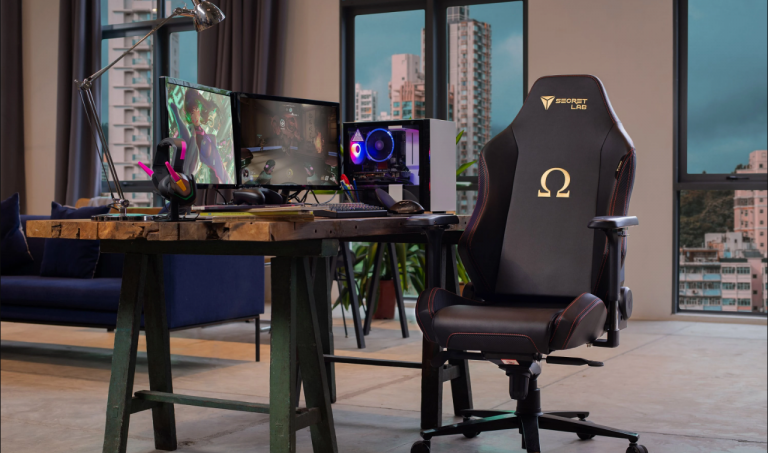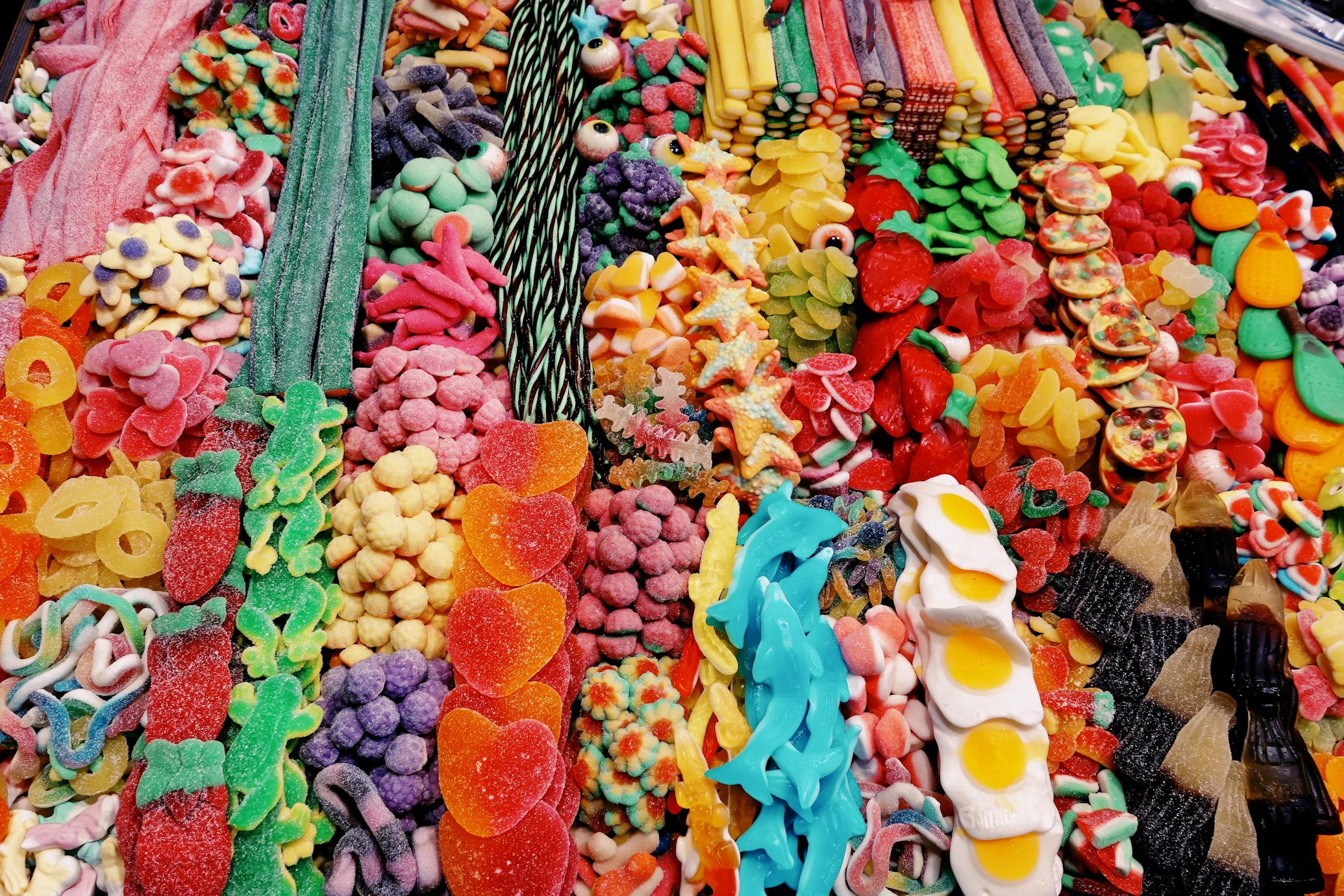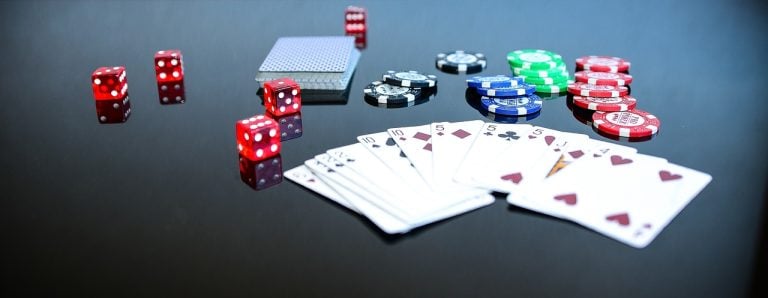Psychology of Color in Slot Game Design: How Visuals Affect Player Choices
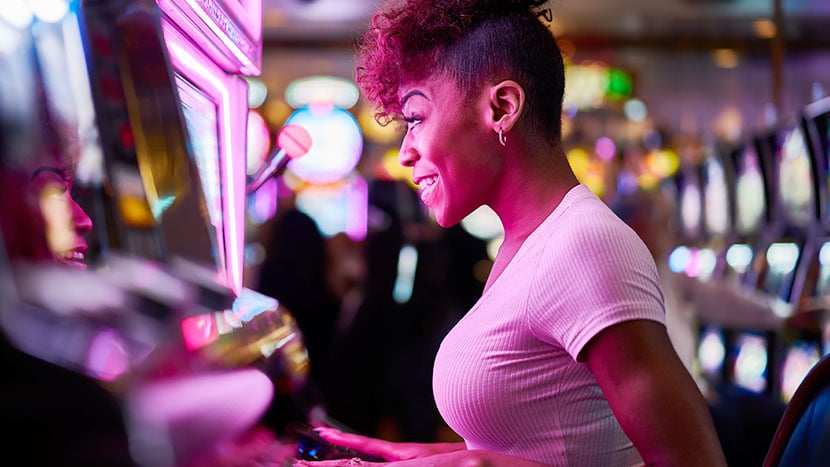
Table of Contents
Have you ever wondered why the rush of adrenaline is almost immediate while playing certain slot games? Or why, at times, you feel incredibly calm and unhurried even as the virtual reels spin?
The answer might surprise you: it’s all about the visuals, specifically color. You see, game developers are not just thinking about functionality and fun themes when designing slot games.
They’re carefully considering color psychology too. They know the power of different hues to evoke certain emotions and reactions, which in turn can strongly influence your gaming experience.
You might be wondering, “What exactly is color psychology?” This fascinating field is all about how colors can powerfully influence human behavior and decision making.
It’s used in everything from marketing to interior design to – yes, digital entertainment. And the color strategies used in your favorite slot games are often more intentional and impactful than you may realize.
“The strategic use of colors can significantly affect a player’s in-game decisions, their level of engagement, and overall playing experience.”
In this article, we’ll delve into the exciting correlation between color psychology and slot game design.
We’ll showcase how carefully selected color schemes can prompt specific player emotions and responses, and in doing so, can masterfully manipulate game atmospheres.
We’ll explore case studies, provide practical tips, and even peek into the future of this intriguing field.
Whether you’re a game developer, a UI/UX designer, or an industry marketer, you’ll take away new insights and understandings that can make your work more engaging, innovative, and successful.
Understanding Color Psychology: The Foundation of Digital Entertainment
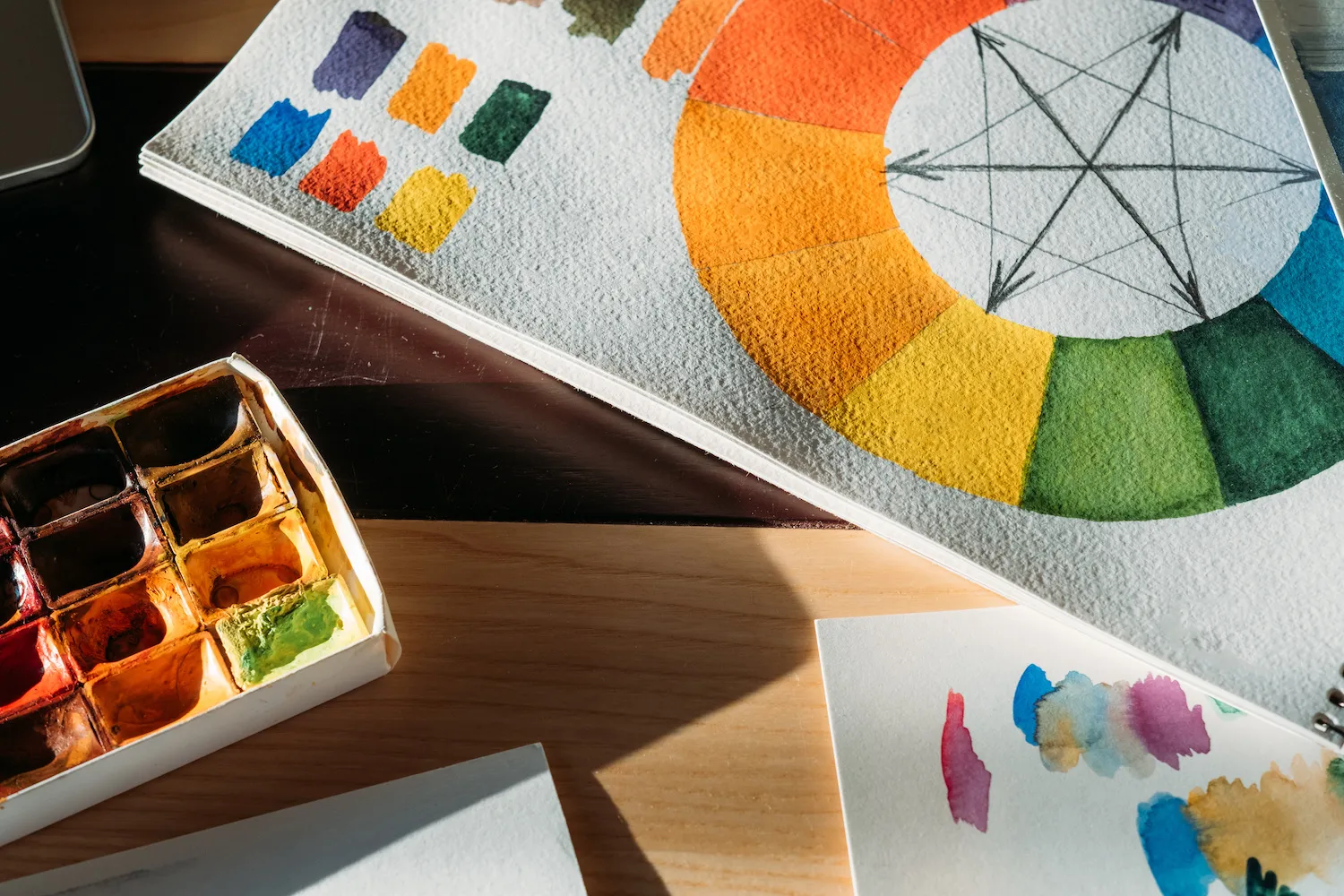
Color psychology is an intriguing aspect of behavioral science exploring how colors influence human thoughts, feelings, and actions.
It holds significant relevance in today’s digital entertainment world, and more specifically, in the realm of slot games.
In the sphere of digital entertainment and gaming, color psychology can be a decisive factor in how a game is perceived by its players.
The use of colors in a game doesn’t just enhance its visual appeal — it goes deeper, playing a critical role in creating a mood, triggering emotions, and even shaping player reactions and decisions.
This is a sophisticated yet subtle form of persuasion that can vastly influence the player’s gaming experience.
Imagine a slot game with a dominant color scheme of bright reds and deep blacks, as opposed to a game crafted in calm blues and gentle greens.
The former might instill a sense of urgency, risk, or excitement, coercing the player towards faster, bold decisions. On the other hand, the latter could infuse a sense of tranquility, encouraging more thoughtful plays and longer game sessions, punctuated by strategic decision-making.
The aesthetics of slot games aren’t merely about pretty graphics and stylish interfaces. Behind the appealing visuals, there is an entire psychology of colors at work, carefully tailored to influence player behavior and heighten game engagement.
From the backdrop colors to the shades used for symbols and user interfaces, every visual element is part of the grand strategy.
Game developers and designers often employ these principles to elicit predetermined emotional responses and behaviours from the players, enhancing their overall experience.
As gaming technology continues to advance, the implications of color psychology in game design are becoming even more paramount.
With the emergence of VR and AR technologies, immersion in the gaming world has reached new levels.
In these virtual realities, strategically chosen colors play a crucial role in defining the mood, atmosphere, and even the narrative of the game, thereby deepening the interaction and engagement of players.
In essence, understanding and applying color psychology can prove to be a game-changer – quite literally – in the world of digital slot games.
The strategic use of colors can elicit desired behaviours and emotional responses from players, thus enriching their gaming experience. This thoughtfully colored world can, in turn, contribute towards their repeated visits and resilient loyalty towards the game.
Successful Slot Games: Learning from Real-World Color Strategies
Let’s take a closer look at several successful examples of slot games that have brilliantly incorporated color psychology into their design. One standout example is the globally popular ‘Starburst’.
Its skilful usage of bright neon colors against a deep, dark space background has proven to be highly effective in capturing players’ attention and keeping them engaged.
The stark contrast of vibrant colors on a monochromatic base also symbolizes the excitement and high energy associated with slot games, compelling the player to invest more time and energy into the game.
Another notable instance is the ‘Gonzo’s Quest’ slot game, where earthy tones and rich greens evoke a sense of adventure, as players follow the charming character Gonzo through lush jungles in search of an ancient city of gold.
These colors are not only arresting but immersive, helping to construct a narrative that propels player engagement and satisfaction to new heights. The game art, soaked with these warm colors, creates an atmosphere both thrilling and inviting.
It’s a brilliant demonstration of how calculated color selection can impact a player’s overall gaming experience and perception of the game’s story.
Lastly, let’s consider the ‘Book of Dead’ slot game where the designers have used classic hues of gold and brown, evoking the feel of the ancient Egyptian civilization.
This clever use of color not only enriches the visual appeal of the game but also instills a sense of curiosity and mystery in the player, adding depth and heightening their emotional connection to the game’s world.
These examples underline the importance of selecting colors that resonate with the intended ambience, theme, and narrative of a game.
They also showcase how incorporating diverse hues and tones can dramatically influence the player’s perception, emotional state, and resultant behavior.
By analyzing and understanding these strategies, game developers and designers can make more strategic, effective decisions around color usage in present and future game designs.
Choosing the Right Palette: Theme Selection and Character
When it comes to creating highly engaging slot games, choosing the right color palette is crucial. This not only applies to the game’s overall theme but extends to character design as well. Let’s take a deeper look into the application of color psychology in theme selection and character design.
The theme is the backbone of any slot game, serving as the basis for its visual and narrative elements. Therefore, understanding how to use colors to enrich the theme or story can significantly enhance the player’s immersive experience.
For example, a theme revolving around an ancient Egyptian pyramid might benefit from sandy hues and shades of gold to evoke curiosity and a sense of riches.
Conversely, a game set in an icy tundra might draw from blues and whites, inducing a feeling of tranquility and quiet solitude. Remember, each color can elicit distinct emotions or responses, and using them strategically can make your theme more engaging and memorable.
In character design, colors play a vital role in expressing a character’s personality or emotional state.
Consider the classic good vs. evil trope: heroes are often associated with warm and reassuring colors such as blue, implying trust and stability, while villains might be depicted in reds or blacks, symbolizing danger or malice.
By manipulating colors, designers can provide crucial cues to players about a character’s motives or intentions, thereby enriching the game’s narrative.
Finally, it’s important not to overwhelm your audience with an overstimulating color scheme. Keeping the color palette simple and coherent can ensure a more comfortable and enjoyable gaming experience.
Equipping your development toolkit with a sound understanding of color psychology can uncover new depths of engagement and appeal in your slot game design.
As we’ve navigated through the fascinating interplay between color psychology and slot game design, we’ve seen how the intentional use of colors can guide, motivate, and engage players.
We’ve uncovered how red can evoke emotions of excitement and promote quicker decisions, and how blue can foster calmness encouraging longer play sessions.
It’s undeniable that these visual realms strike a chord within players, manipulating perceptions and experiences for a more immersive gaming session.
Whether through thoughtfully chosen color palettes that resonate with specific themes or through characters that come to life with strategic use of color, the opportunity to enrich the player experience by leveraging color psychology is immense.
With real-world examples illustrating these principles in action, the potential for innovation in game design is evident.
The challenge for you, as game developers, designers, and marketers, is to harness these concepts and transform them into memorable, engaging, and satisfying slot games.
Delving beyond the scope of slot games, the principles of color psychology can indeed apply to all gaming genres.
Just as the rich visuals of slot games can elicit specific player emotions and responses, so too can the visuals of other gaming genres.
Whether it’s the adrenaline-pumping excitement of a fast-paced racing game or the serene tranquility of a puzzle game, the strategic use of color can heighten these emotional responses and increase player engagement.
Consider a togel online game, for instance. As a genre that thrives on anticipation and thrill, the thoughtful use of colors can amplify these emotions.
Warm and bold tones, such as reds or oranges, could provoke excitement and anticipation, while a surprising splash of green at the moment of a win could intensify the joy of players, making that winning moment all the more memorable.
The colors used in various game elements, be it the backgrounds, the gameplay interface, or the animations triggered by certain player actions, the influence of color psychology extends across all game elements.
This demonstrates the universal applicability of color psychology in game design – regardless of the genre, the game’s visuals can be optimized to evoke specific player emotions, influence their decisions, and ultimately, enhance their overall gaming experience.
As we look to the future, emerging technologies like VR and AR promise to further enhance the gaming experience, highlighting the importance of visual design and color psychology even more.
With such technological advancements, fresh possibilities in color application and psychology will arise in slot game development, taking the entire gaming experience to riveting new heights.
In conclusion, the world of slot game design is an art as it is a science. It’s more than just chance and luck; it’s about creating a game that immerses players, engages them emotionally, and most importantly, keeps them coming back.
It’s about understanding the nuances of color psychology and using this knowledge as one of your most powerful tools. So get your palette ready, game developers.
The canvas is vast, the potential is huge, and the colors are yours to wield. After all, your games are, quite literally, what you make of them.


